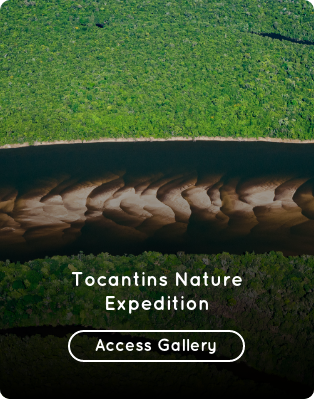Galleries
The photographs in these galleries are available for purchase in fine art format in limited editions, 100% cotton paper and mineral pigments.
Santa Catarina Nature Expedition
This project was developed between 2004 and 2005 (see the making of here).It resulted in a book and an exhibition, which were launched in 2005 at the Historic Museum of Santa Catarina in Florianópolis, south of Brazil.. In 2006, the exhibition was shown at the Galeria Nobre of the Caixa Econômica Federal Cultural Center, in Praça da Sé in São Paulo, Brazil,curated by Rosely Nakagawa. In 2007, the exhibition was shown at the Galeria dos Arcos, at the Usina do Gasômetro Cultural Center, in Porto Alegre, Brazil..
Gaúcha Nature Expedition
The Natureza Gaúcha Expedition project was carried out in 2007 and resulted in a book and an exhibition curated by Manuel da Costa that were launched in 2008 at Sala Arquipélago of the Erico Verissimo Cultural Center in Porto Alegre, RS, Brazil. The photographs from this project are available for purchase in fine art format.
Tocantins Nature Expedition
This project was developed between 2010 and 2011. It resulted in a book and an exhibition curated by Rosely Nakagawa, que foram lançados em 2012 no Palácio Araguaia, em Palmas, Tocantins. Em 2013 a exposição foi exibida no Canela Foto Workshops e saiu na revista da Gol. Entre 2015 e 2016 circulou em 8 cidades catarinenses pelo SESC.
Santa Catarina Nature Expedition
The Island Nature Expedition project was created with the aim of photographing the nature of Santa Catarina Island, an insular portion of Florianópolis, in the south of Brazil. A large part of this nature is protected by 16 public conservation units, including parks, natural monuments, refuges and others.
As a result of the project, we have a hardcover book with 144 pages, a photography exhibition, a hotsite and an e-book in PDF format that you can download for free.
As a result of the project, we have a hardcover book with 144 pages, a photography exhibition, a hotsite and an e-book in PDF format that you can download for free.
Southern Animals
This project was conceived in 2013 by photographer Zé Paiva at the invitation of Valdemir Klamt, coordinator of the education area at SESC SC. The central concept of the exhibition, a long-standing dream of Zé Paiva, is to provide knowledge about the wild animals of southern Brazil, especially for children in the public school system, the target audience of the exhibition.
The exhibition consists of the twelve photos bellow and six text panels with information about the animals written by biologist and writer Márcia Riederer (author of the book “Animals of our land“). Zé himself curated the exhibition based on his archives. This exhibition began touring the state of Santa Catarina in 2014. It visited 23 cities and was seen by almost 80 thousand people.
Oscar Rivas is the author of the graphic design for the exhibition. Each of the text panels also contains a quote from the German naturalist Fritz Müller, who lived in Brazil in the 19th century.
See here how the first exhibition went, in São Miguel do Oeste, and one of the most recent, in São João Batista.
Enlightened
The project “Enlightened – Characters from Santa Catarina Island” received the FUNARTE Marc Ferrez Photography Award in 2012. It was exhibited in 2013 at the Museu de Arte de Santa Catarina, in Florianópolis SC,south of Brazil, curated by Denise Camargo.
Watch the making of by Felipe Queriquelli.
O SOmsilêncio da imagem
O Somsilêncio da Imagem – Exposição realizada na the Art Gallery of the Legislative Assembly of Santa Catarina in 2018 and at the Blumenau Art Museum in 2019..







